What Is A Workplace Pension?
Key Takeaway:
- A workplace pension is a retirement savings plan provided by an employer to help employees save for their retirement. It is a way of making sure that employees have a source of income during their retirement years.
- Eligibility and enrollment in a workplace pension plan varies based on factors such as age, length of service, and the employee’s salary. In many cases, employers automatically enroll employees in the plan, but employees also have the option of opting out.
- Contributions to a workplace pension plan can come from both the employee and the employer. The amount of contributions can be a fixed sum or a percentage of the employee’s salary. These contributions are invested to help grow the employee’s retirement savings.
Do you feel overwhelmed by the prospect of planning for your retirement? A workplace pension is an important step you can take today to ensure your financial security in the future. Follow along to understand what a workplace pension is and why it’s essential to your long term financial plan.
What is a Workplace Pension?
A Workplace Pension is a retirement savings plan offered by employers to their employees. It enables them to save money towards their retirement. As an employee, you contribute to your pension fund through a percentage of your salary deducted each month. Your employer also adds a contribution, and tax relief is given by the government. The Workplace Pension is a valuable benefit as it is a tax-efficient way to save for retirement.
It is important to note that opting out of a Workplace Pension means missing out on employer contributions and tax relief. By staying in the scheme, you are investing in your future and securing your retirement. Take advantage of this opportunity by contributing as much as possible towards your pension fund, and plan early for a secure financial future.
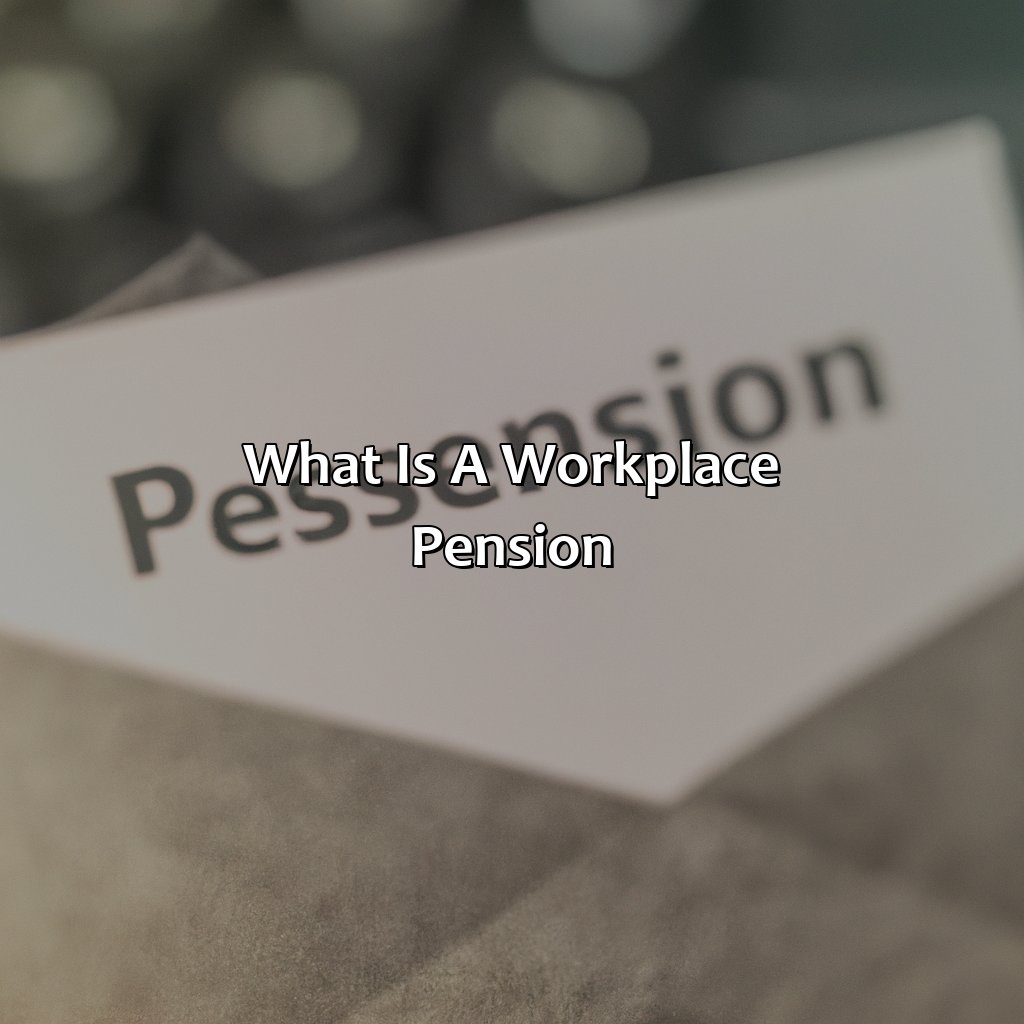
Image credits: retiregenz.com by Joel Duncun
Definition and Explanation
A workplace pension is a retirement savings plan set up by an employer to help employees save for retirement. The employer and employee both contribute a percentage of the employee’s salary to the pension fund. The pension is usually invested in stocks and bonds, with the goal of growing the fund over time to provide income in retirement.
In addition to being a valuable employee benefit, workplace pensions offer several advantages over other types of retirement savings plans. For one, the contributions are made automatically through payroll deductions, making it easy for employees to save without even thinking about it. Second, the contributions are often matched by the employer, effectively doubling the amount saved. To understand more about occupational pensions, it is important to research and read about them.
It’s important to note that workplace pensions are subject to strict government regulations and there are limits on how much can be contributed each year. These rules are designed to ensure that the pension fund is used only for retirement income, and not for other purposes. If you’re unsure about what exactly a workplace pension is, you may want to learn more about category A state retirement pensions.
Pro Tip: Enrolling in a workplace pension early can make a big difference in the amount saved for retirement. Even small contributions can grow significantly over time with the power of compounding interest.
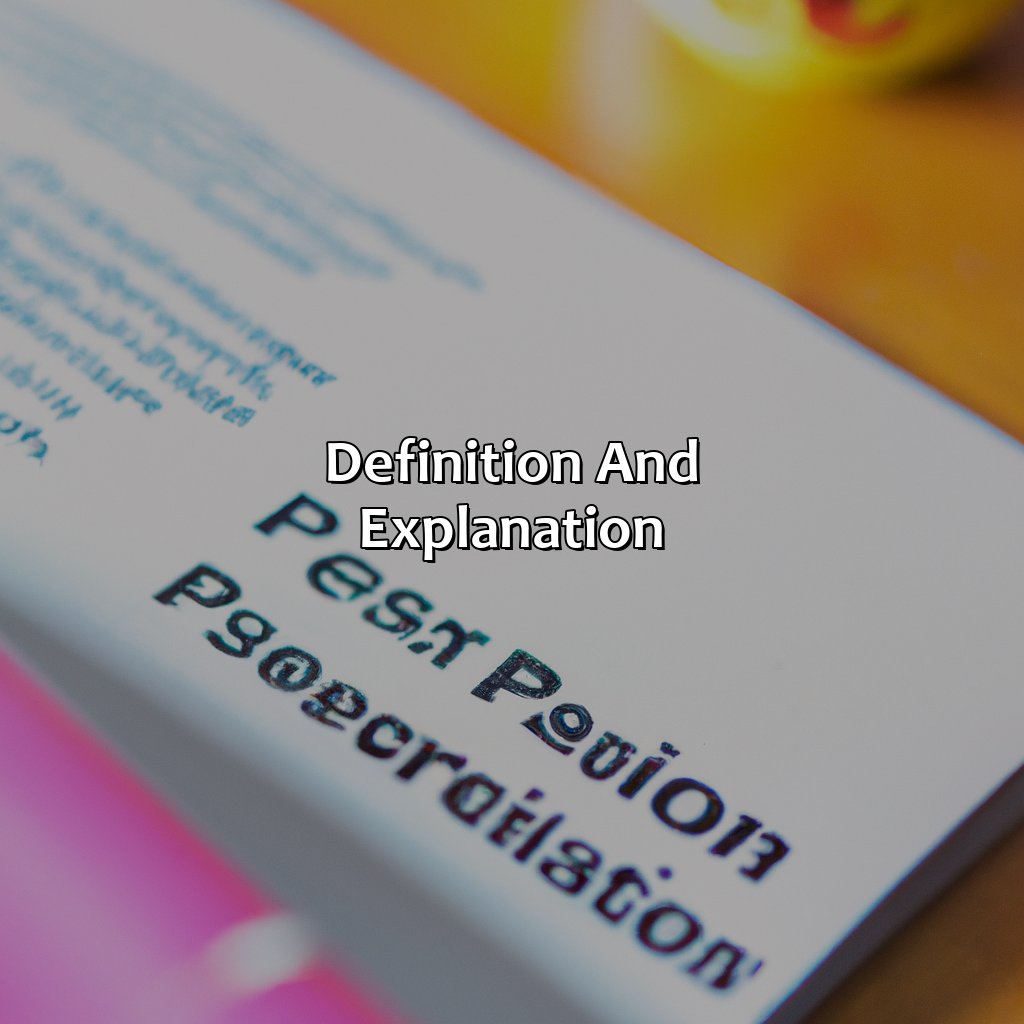
Image credits: retiregenz.com by James Jones
Eligibility and Enrollment
To join a workplace pension, one must satisfy certain criteria and complete the enrolment process. The first requirement is meeting the “eligibility criteria” which varies across employers. After fulfilling the eligibility, the individual needs to go through the “enrolment process” which involves giving details such as name, age, and national insurance number.
It is important to keep in mind that companies are obligated to automatically enrol eligible employees into a workplace pension scheme. However, individuals also have the right to opt out of the scheme within a specific time frame. If you are wondering what is a DB pension, it’s a defined benefit pension plan which provides a specific income at retirement based on factors such as salary and length of service.
One unique detail to note is that employers are legally prohibited from pressurizing their staff to opt-out of the pension scheme. This can lead to severe legal consequences for the EE pension plan.
According to a study by national audit firm EY, workplace pensions are expected to reach a staggering 1.4tn in value by 2030 in the UK.

Image credits: retiregenz.com by Adam Duncun
Contributions
Contributions to your workplace pension are a vital part of securing a comfortable retirement. Here’s what you need to know:
- Mandatory Contributions: Employers are obligated to contribute a minimum amount to employee pensions, with the option of increasing this amount if they so choose.
- Personal Contributions: Many workplace pension schemes allow for personal contributions, which can be made either in addition to mandatory contributions or instead of them.
- Tax Benefits: Both mandatory and personal contributions benefit from tax relief, with the government adding a certain percentage to each payment made.
It’s important to note that the amount you can save will depend on your personal situation. Consider seeking financial advice if you’re unsure how much to save each month.
Don’t miss out on the opportunity to take control of your financial future. Start contributing to your workplace pension today!

Image credits: retiregenz.com by Harry Woodhock
Investment and Retirement
Investing in a retirement plan has become a crucial aspect of financial planning for many individuals. To secure a comfortable and stress-free retirement phase, it’s essential to invest wisely and plan ahead. One way to achieve this is by enrolling in an employer’s workplace pension plan. A workplace pension is a scheme that an employer sets up to help employees save for their retirement. Through this plan, a certain percentage of an employee’s salary is set aside and invested by the pension provider. The employer may also contribute towards the pension, making it an attractive prospect for individuals seeking long-term financial stability.
Participating in a workplace pension plan has several benefits. Firstly, it allows individuals to build a retirement fund that offers long-term financial security. Secondly, contributions made towards a pension plan receive tax relief, which means the government contributes towards the pension fund. Thirdly, some employers may offer additional benefits, such as matching an employee’s contribution or increasing their percentage of the contribution as they progress in the company.
It’s essential to note that a workplace pension is not the only retirement plan available. There are several other plans individuals can consider, such as Personal Pensions, Self-Invested Personal Pensions (SIPPs), and Stakeholder Pensions. Each of these plans has its advantages and disadvantages. Therefore, it’s vital to seek advice before choosing which plan to invest in.
According to a report by Moneyfacts.co.uk, employer pension contributions rose by 8% in 2020, with the average employer contribution standing at 5%. This highlights the value that employers place on employee retirement savings and emphasizes the need for individuals to take advantage of workplace pensions.
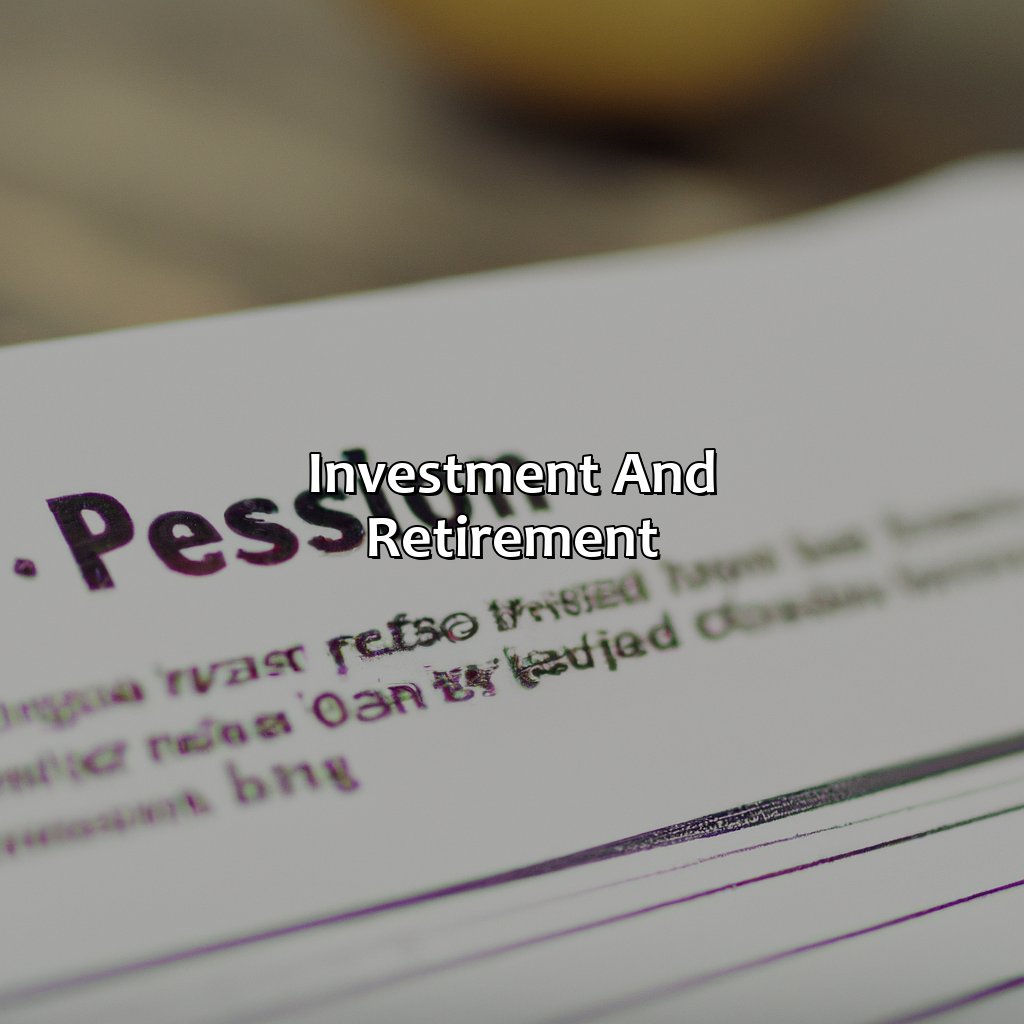
Image credits: retiregenz.com by James Duncun
Benefits and Tax Treatment
In terms of financial perks, a workplace pension is a valuable asset for any employee. It offers tax-efficient savings that can ensure a comfortable retirement. Contributions to a workplace pension scheme are tax deductible, while the investment growth is tax-free. By making regular contributions, employees can build up a sizable pension pot over time. Moreover, the employer may also contribute, which further adds to the potential growth of the pension fund.
When an employee reaches retirement age, they can take up to 25% of their pension pot as a tax-free lump sum, while the rest is used to purchase an annuity which provides a guaranteed income for life. Alternatively, they can opt for income drawdown, which allows them to take a flexible income from their pension pot while the rest remains invested. Learn more about ER pension and how it can benefit you.
It is worth noting that there are limits to the amount of money that can be contributed to a pension tax-efficiently, and these limits may change over time. Therefore, it is important for employees to stay informed and regularly review their pension contributions to ensure they are making the most of their workplace ERS pension scheme.
For those who do not take advantage of a workplace pension, they risk missing out on a valuable source of retirement income. It is never too early to start saving for retirement, and a workplace pension provides an easy and effective way to do so.
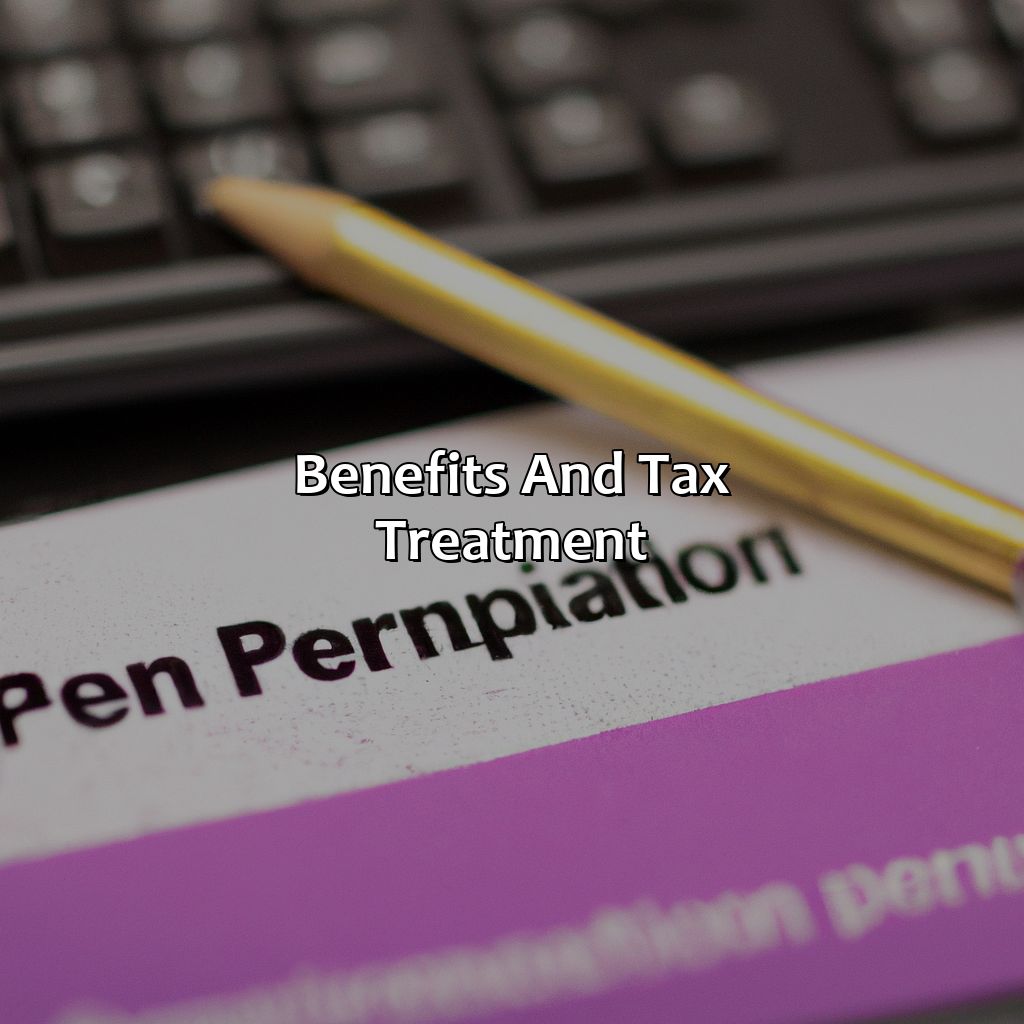
Image credits: retiregenz.com by Yuval Woodhock
Auto-Enrollment and Opting Out
Addressing Automatic Enrollment and Opting Out
Employers are required to automatically enroll eligible employees into a workplace pension. Employees may choose to opt-out, but this requires action on their part. If you’re curious about how a pension is paid out, you can learn more about it on our website.
Explaining Automatic Enrollment and Opting Out
- Employers must enroll eligible employees automatically into a workplace pension scheme.
- Employees are not required to take any action to be enrolled but must be eligible and meet certain criteria.
- Opting out is possible, but employees must take the initiative to do so.
- The opt-out window lasts for one month from the date of enrollment.
- An opt-out request after the window closes may still be possible but may result in lost contributions.
- Employers must re-enroll eligible employees every three years.
Covering Unique Details
Eligibility is based on earning a minimum of 10,000 per year and being between the ages of 22 and state pension age. Employees may opt back into a workplace pension after opting out, but this requires a new enrollment process.
Wondering what is the UK state pension?
Pro Tip
Be aware of your opt-out window and take advantage of resources provided by your employer to understand your pension options fully.
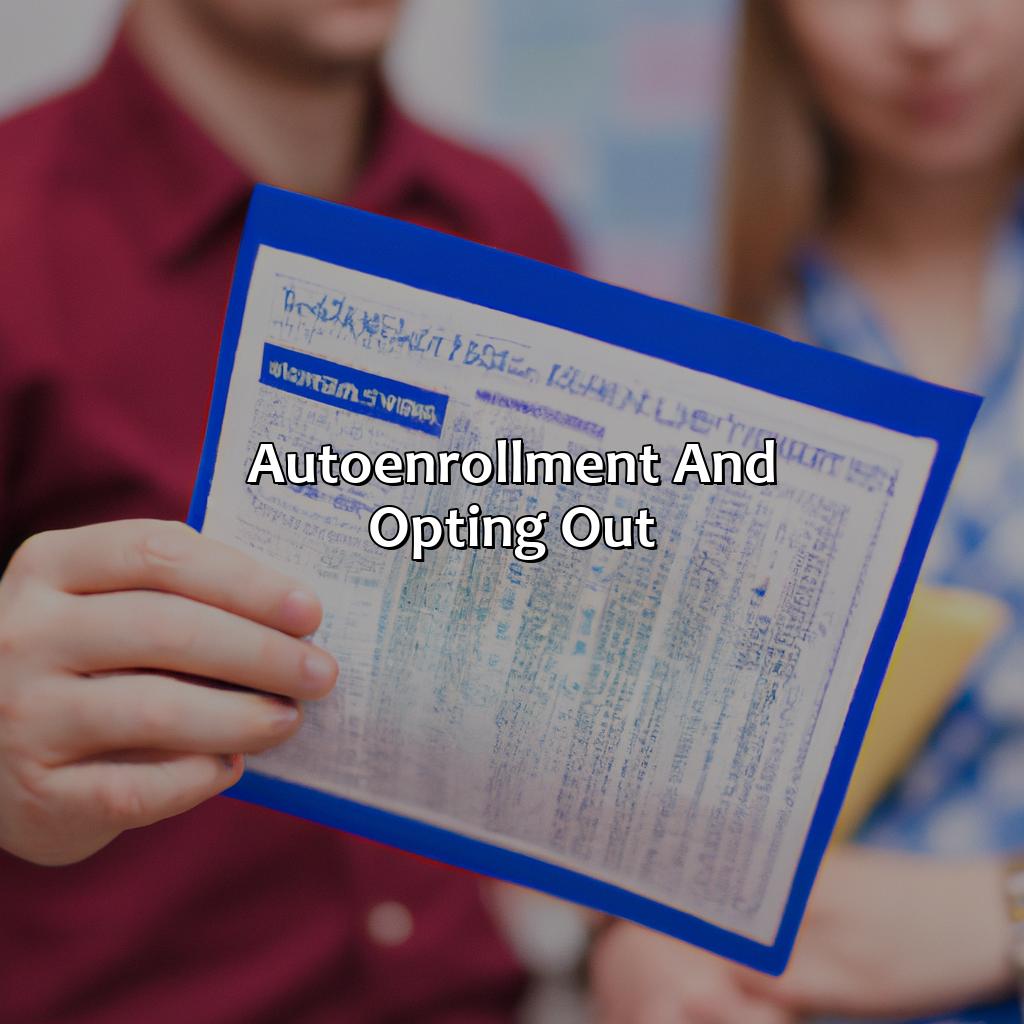
Image credits: retiregenz.com by Joel Arnold
Monitoring and Review
Monitoring and Evaluation of Workplace Pension Schemes
Workplace pension schemes require continuous monitoring and evaluation to ensure they remain effective and compliant with regulations. Regular assessments of the scheme’s performance, investment strategy and communication channels with employees must be carried out. These evaluations ensure that employees are receiving the best possible benefits from the scheme while employers remain compliant with legal obligations.
If you are interested to know more about retirement plans, you can check out pay as you go pension plan.
Retrospective analysis is also required to assess the future success and sustainability of a pension scheme. This requires a thorough examination of the scheme’s investments, risk management procedures and cost-effectiveness. Effective monitoring and evaluation can highlight any areas of weakness and provide opportunities for improvements.
It is important to note that monitoring and evaluation are an ongoing process and should be regularly carried out to ensure that the scheme is successfully achieving its goals. Non-compliance with regulations can result in significant penalties, which is why it is crucial to have a robust monitoring and evaluation process in place.
In a well-known case, a UK-based company was fined 40,000 for not enrolling employees into a workplace pension scheme. Failure to monitor and evaluate the scheme can not only result in penalties but also negatively impact employee satisfaction and leave businesses at risk of legal action. If you want to learn more about what is an S pension, visit our website.
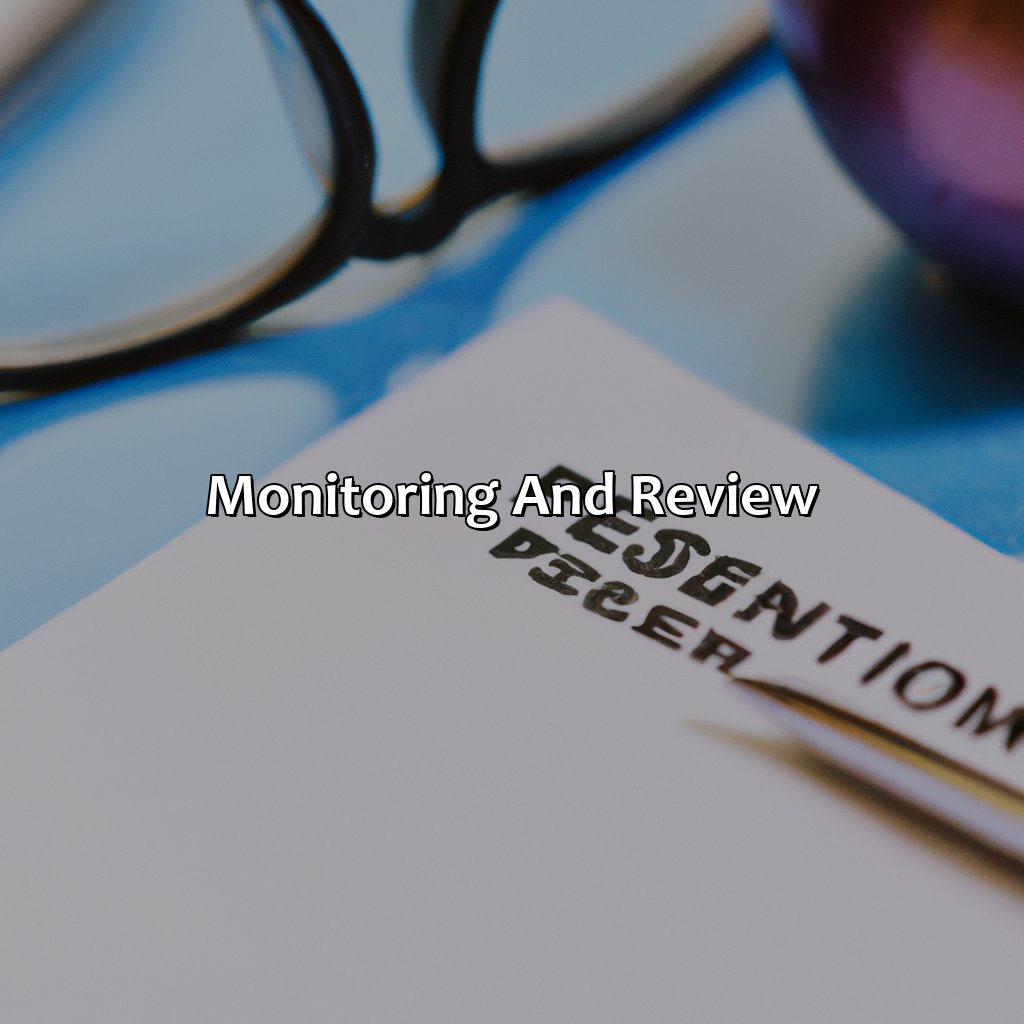
Image credits: retiregenz.com by Adam Arnold
Five Facts About Workplace Pensions:
- ✅ A workplace pension is a retirement savings plan arranged by an employer for their employees. (Source: Gov.uk)
- ✅ Workplace pensions are designed to help employees save for retirement and provide income in their old age. (Source: Pension Wise)
- ✅ Employers are required by law to enroll eligible employees into a workplace pension scheme and make contributions towards it. (Source: The Pensions Regulator)
- ✅ The amount an employee contributes to their workplace pension is matched by their employer, up to a certain percentage. (Source: Money Advice Service)
- ✅ Workplace pensions offer tax benefits to employees, as the contributions are made before income tax is deducted. (Source: MoneySuperMarket)
FAQs about What Is A Workplace Pension?
What is a workplace pension?
A workplace pension is a retirement savings plan that is set up by an employer for their employees. Employees and employers both contribute to the pension plan to build up savings for retirement.
Who is eligible for a workplace pension?
Most employees in the UK are eligible for a workplace pension if they earn over a certain amount and are between certain ages. Employers are required by law to automatically enrol eligible employees into a workplace pension scheme.
How much do I have to contribute to a workplace pension?
The amount you have to contribute to a workplace pension depends on the scheme set up by your employer. However, there is a minimum amount that both you and your employer have to contribute, and this is set by the government.
Can I opt out of a workplace pension?
Yes, you can opt out of a workplace pension, but it is not usually recommended as it means you will miss out on important savings for your retirement. If you do opt out, your employer may re-enrol you at a later date.
What happens to my workplace pension if I change jobs?
If you leave your employer, you can usually keep your workplace pension with the scheme provider. Alternatively, you may be able to transfer it to a new workplace pension with your new employer.
When can I access my workplace pension savings?
You usually cannot access your workplace pension savings until you reach the minimum pension age, which is currently 55. At this point, you can choose to take the money as a lump sum, draw an income from it, or use it to buy an annuity.
